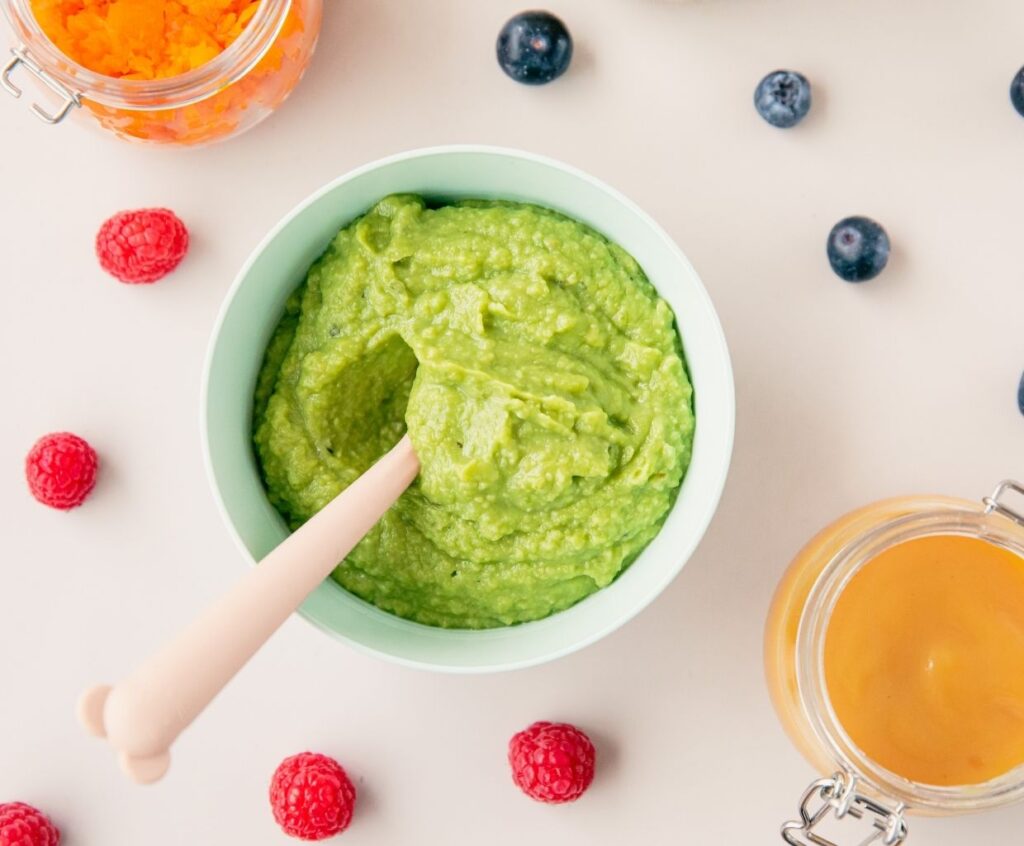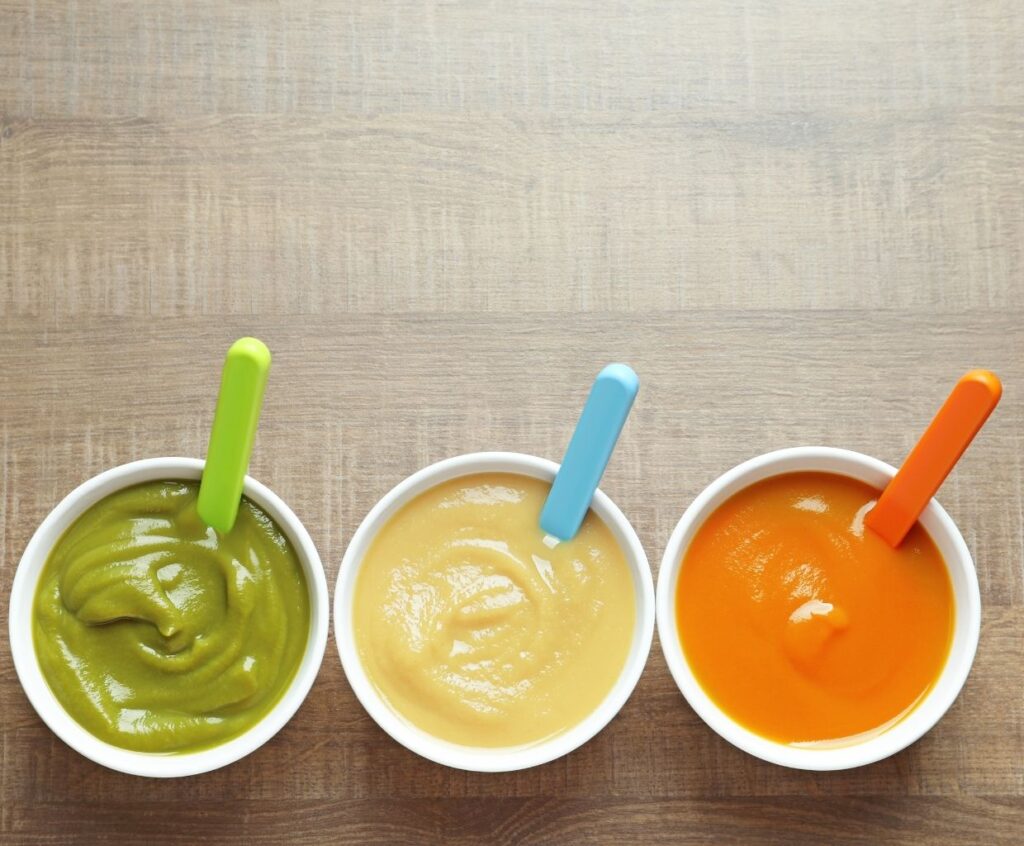Safety First: How to Choose and Prepare Safe Baby Food for Your Little One
Welcome to the wonderful world of parenthood! As a new parent, you want the best for your little one, especially regarding their health and well-being. Nutrition is one of the most critical aspects of your baby’s growth.
Choosing and preparing safe baby food is crucial to ensure their healthy development. This article will provide tips and guidelines to help you make informed decisions about feeding your little one.
Choosing Safe Baby Food
When choosing baby food, there are a few key factors to consider. First and foremost, always opt for organic options whenever possible. Organic baby food is free from harmful pesticides and chemicals, ensuring your little one consumes only the purest and most natural ingredients. Look for labels that specify “USDA Certified Organic” to be confident in your choice.
Another vital aspect is checking the expiration dates. Like any other food product, baby food can spoil, and consuming expired food can pose serious health risks. Always check the expiration dates before purchasing or using baby food pouches or jars.
Preparing Safe Baby Food
Preparing homemade baby food can be a rewarding experience and allows you to have complete control over the ingredients. Here are some essential steps to follow:
-
- Thoroughly wash your hands and all utensils before preparing the food.
- Choose fresh, organic fruits and vegetables for your baby’s meals.
- Peel and remove any seeds or pits from the fruits and vegetables.
- Cook the fruits and vegetables until they are soft and easily washable.
- Blend or mash the cooked fruits and vegetables into a smooth consistency, depending on your baby’s age and preference.
- Allow the food to cool before serving it to your little one.
- Store any leftovers in airtight containers and refrigerate promptly. Use them within a few days.
Remember to introduce new foods individually to identify potential allergies or adverse reactions. Avoid adding salt, sugar, or spices to your homemade baby food. Your little one’s taste buds are still developing, and it’s best to keep their meals simple and natural.
Always consult your pediatrician or a registered dietitian to ensure you provide a well-balanced diet for your baby. They can guide you on proper portion sizes, food combinations, and the appropriate time to introduce certain foods.
Following these simple guidelines ensures that your little one receives safe and nutritious food during their crucial developmental stages. Remember, safety always comes first!
Avoiding common allergens in baby food.
When introducing solid foods to your baby, it’s essential to be aware of common allergens and take steps to avoid them. Allergies can develop at any age, so it’s crucial to be cautious, especially during the early stages of your baby’s food introduction.
Here are some common allergens to avoid in baby food:
1. Cow’s Milk: Avoid giving cow’s milk or dairy products before your baby turns one year old. Breast milk or formula should be the primary source of nutrition during the first year.
2. Eggs: Introduce eggs cautiously, starting with well-cooked yolks and then the whites. If there is a family history of egg allergies, consult your pediatrician before introducing eggs.
3. Peanuts: Peanut allergies are becoming increasingly common. It’s recommended to delay introducing peanuts until your baby is at least six months old and consult with your pediatrician if there is a family history of peanut allergies.
4. Tree Nuts: Similar to peanuts, tree nuts like almonds, walnuts, and cashews should be introduced with caution. Start with nut butter made explicitly for infants, and check for any signs of an allergic reaction.
5. Wheat: Introduce wheat products cautiously, starting with small amounts. Whole wheat products can be gradually introduced after your baby is comfortable with other grains like rice and oats.
6. Soy: Soy-based products should be introduced cautiously, especially if there is a family history of soy allergies. Consult with your pediatrician before incorporating soy into your baby’s diet.
7. Fish and Shellfish: Seafood can be a common allergen, so it’s best to wait until your baby is at least one year old before introducing fish or shellfish. Start with mild fish like cod or sole, and watch for any signs of an allergic reaction.
8. Sesame: Sesame allergies are becoming more prevalent. Be cautious when introducing foods containing sesame seeds or oil, and watch for any signs of an allergic reaction.
When introducing potential allergens, it’s recommended to introduce one new food at a time and wait a few days before introducing another. This allows you to monitor your baby for any signs of an allergic reaction, such as rash, hives, difficulty breathing, or vomiting. If you suspect an allergic reaction, contact your pediatrician immediately.
Remember, every baby is different, and it’s essential to consult with your pediatrician before introducing any new foods, especially if there is a family history of allergies.
Tips for safely storing and reheating baby food
1. Use proper storage containers: Use BPA-free, airtight containers or ice cube trays for storing baby food. Glass containers are also a good option as they are less likely to leach harmful chemicals.
2. Label and date the containers: Always label the containers with the date of preparation to ensure you use them within the recommended time frame. This will help you keep track of freshness and avoid feeding your baby spoiled food.
3. Store in the refrigerator or freezer: Baby food can be stored in the refrigerator for up to 48 hours and in the freezer for up to 3 months. Divide the food into small portions before freezing for convenient serving sizes.
4. Thaw frozen baby food safely: If using frozen baby food, thaw it overnight in the refrigerator or defrost it using a microwave or warm water. Never leave frozen baby food at room temperature for more than 2 hours.
5. Reheat properly: When reheating baby food, ensure it reaches an internal temperature of at least 165°F (74°C) to kill bacteria. Stir the food well and test the temperature before serving it to your baby to avoid burns.
6. Avoid reheating multiple times: It is best to portion out baby food in small servings to avoid reheating leftovers multiple times. This reduces the risk of bacterial growth and ensures the food remains fresh.
7. Use caution with microwaves: If using a microwave to reheat baby food, heat it in short intervals, stirring in between, to ensure even heating. Be cautious, as microwaves can create hot spots that burn your baby’s mouth.
8. Discard any leftovers: Discard any remaining portion if your baby does not finish the reheated food. Bacteria can multiply quickly in leftover food, and it’s better to be safe than sorry.
Always consult your pediatrician regarding specific guidelines for storing and reheating baby food to ensure your baby’s safety and health.”


